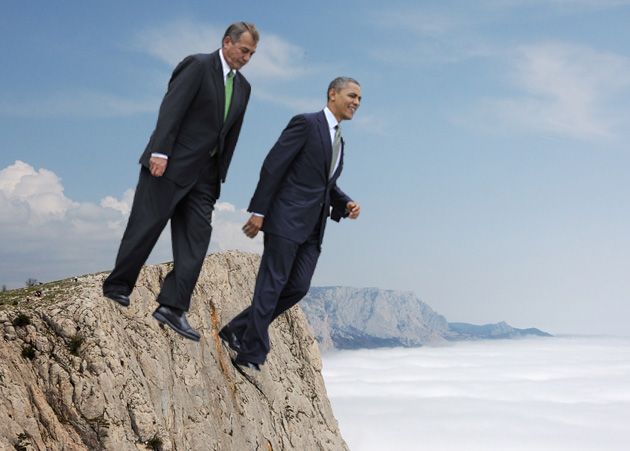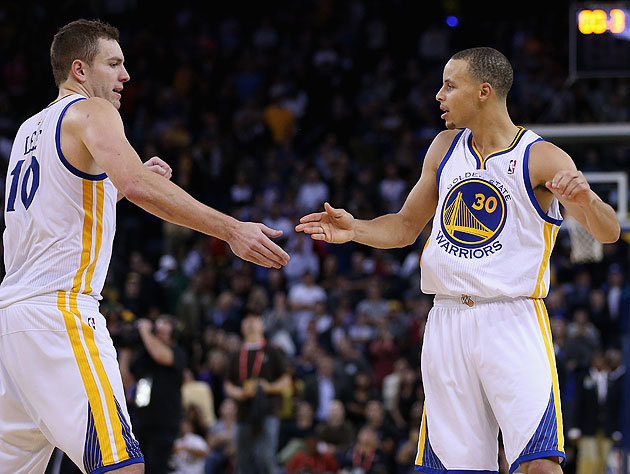I found myself plastered to the couch, entranced. Even without a vested interest, I am glued to the television. Cheering. Laughing. Screaming.
The intensity increases as the clock minutes evaporate, all pointing to a riveting end sure to produce an outpouring of emotion. Elation or anguish.
Like millions of Americans “March Madness” has captured my interest, even without the presence of a striving underdog.
Though there is but one double-digit seed remaining, UCLA (11), the NCAA Men’s basketball tournament does contain a Cinderella story.
Until the student-athletes receive compensation, they will always be the true Cinderella of college sports.
It is not Davidson of 2008. Nor is it North Carolina State of 1983. This year’s Cinderella story is the entire player contingent of NCAA basketball – the hundreds of players remaining and the thousands who have competed all season long.
Much like Cinderella’s kingdom, there is enough money to be spread around handsomely. The city of Indianapolis is expected to bring in $70.8 million dollars from the more than 70 thousand fans projected to arrive for the Final Four, according to US News.
CBS and Turner will fork over more than $800 million for the rights to broadcast the 63 games that make up March Madness.
But they too will reap monster benefits with the 4,535 percent increase in viewership and the $1.5 million it costs to run a 30-second ad during the championship game. The two broadcast giants saw a $1.13 billion profit during last year’s tournament, according to financial specialist website Wallet Hub.
While everyone is sticking their greasy fingers in the honey pot, the players that make the games the spectacle they’ve become make nary a cent. And to make matters worse, those players aren’t even allowed to capitalize on their own fame. They are not allowed to sell, or even trade, their spoils of success. Not the championship rings they win. Or the hats. Or the t-shirts. Or their now-in-demand autograph.
And as the players provide the service of this billion-dollar industry, with no benefit, people like Duke’s head basketball coach Mike Krzyzewski make $9.7 million per year. NCAA President Mark Emmert makes $1.7 million annually. Also, all Division I conferences are entitled to a share of the NCAA’s profits – $194 million.
The players get none of that.
The stance of those who feel the students receive their due return is that a tuition is compensation enough.
I don’t mean to belittle the free education most of these players are getting, but the players, as a source of income, are worth far greater than one year’s tuition.
One of the biggest names in this year’s tourney is that of Duke big man Jahlil Okafor. The freshman has carried his team to the Sweet 16, and likely further. He has had a huge hand in the monster economic gain for Duke, the one that feeds the nearly $10 million contract of “Coach K.”
But, it is highly doubtful that he will return for his sophomore season.
Thus, for his work in earning Coach K’s massive contract, and the mountains of money he will bring to Duke University, will get a tuition credit. A 19-year-old, who helps the Duke basketball program make more $18.9 million per year, will leave campus with one year of free classes.
He has no reason to stay for a second year, much less a degree, he will likely be drafted in the top five, and make more than $10 million over then next three years.
All the while, the NCAA will continue playing the part of the stepmother who demands the work of the players, and denies their gain. And the coaches will remain the stepsisters who rake in benefits through the sweat of poor little Cindy.
There may have never been a time when a 16 seed has defeated a one seed, but hopefully a time will come soon when the players upset the corporation that is NCAA sports.
Eventually the clock will strike midnight on the businessmen who feed their wallet off of the hard work of these young men. Unfortunately though, the only group late to the ball, that is the payday that March Madness has become, are the players that give it its entertainment factor.



